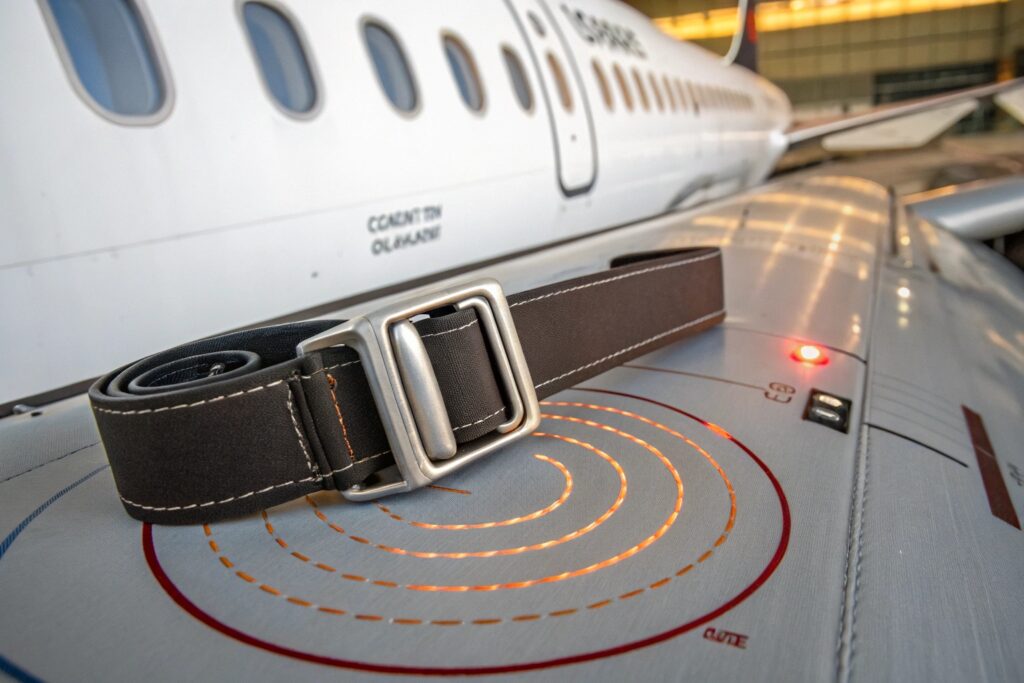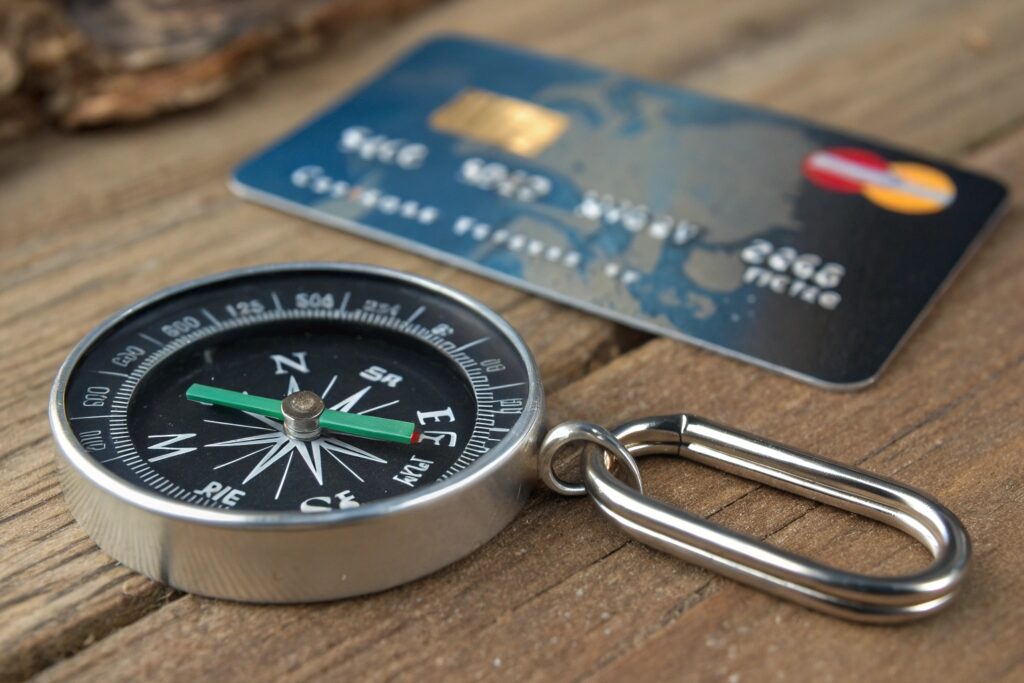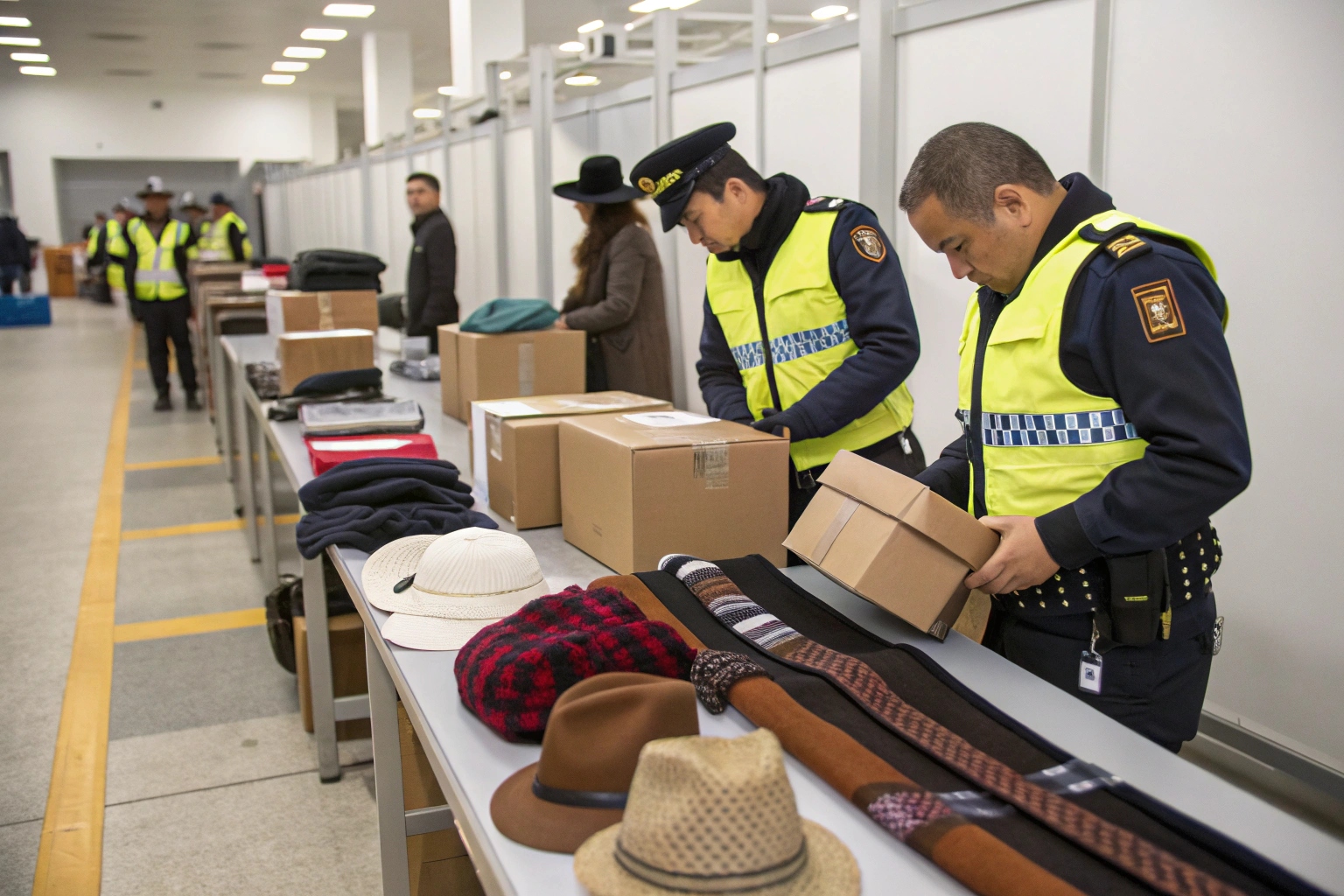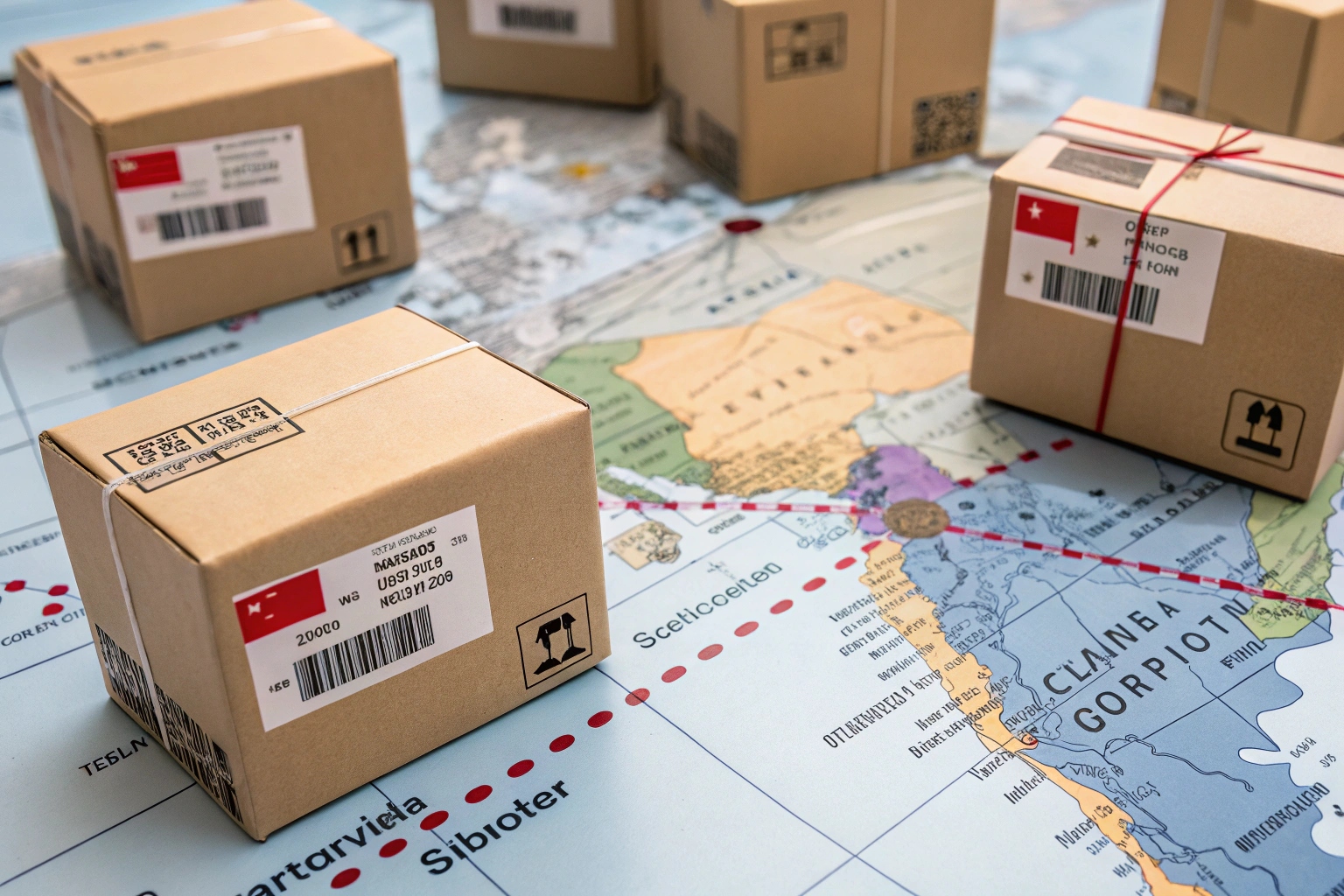Magnets make accessory closures sleek and easy to use—but they also complicate international shipping. Many buyers don’t realize the risks until a shipment gets delayed, rejected, or returned.
Shipping accessories with magnetic closures poses challenges due to airfreight restrictions, safety interference risks, and packaging requirements—especially when magnets exceed certain field strength thresholds.
At AceAccessory, we’ve helped buyers navigate magnet-related shipping rules for belts, handbags, scarves, and more. In this guide, I’ll break down what makes magnets sensitive cargo and how we manage safe, compliant delivery.
Why can't magnets be shipped?
Magnets might seem harmless, but their invisible fields can disrupt airplane equipment, attract metal during transit, or even pose hazards to handlers if mispacked.
Magnets can’t be freely shipped by air or international courier if their magnetic field exceeds certain thresholds, as they may interfere with aircraft navigation and attract ferrous objects during transport.

What are the actual risks and restrictions related to magnets in air and international shipping?
When we produce accessories like belts with magnetic buckles or scarf pins with magnet locks, we assess the shipment under three risk areas:
1. Magnetic Field Interference
- Cargo aircrafts contain sensitive instruments like compasses and altimeters.
- Strong magnetic fields can distort these readings within confined cargo holds.
2. Attraction Risks
- Exposed magnets can attract metal objects or even damage nearby parcels if not shielded properly.
- In bulk, magnets may shift or stack unexpectedly during transit.
3. Regulatory Restrictions
- IATA (International Air Transport Association) classifies strong magnets as Dangerous Goods (UN3164).
- All air cargo is subject to magnetic field measurement tests—if the field at 7 ft (2.1 m) exceeds 0.00525 gauss, it may be restricted.
| Risk Factor | Why It’s Important | How We Mitigate |
|---|---|---|
| Magnetic field strength | Can disrupt airplane equipment | Measure & shield before shipment |
| Metal attraction | Can shift other items in transit | Use foam layers, outer boxing |
| IATA compliance | Airfreight rejection risk | Certify magnetic field levels |
For one U.S. client sourcing 500 magnetic handbag clasps, we had to repackage the shipment into double-layered boxes with foam separators and a shielding plate to ensure safe air shipment.
What are the safety precautions when using magnetic effects?
Magnets can create both mechanical force and electromagnetic influence. In production, storage, and shipping, these forces must be handled carefully.
Key safety precautions for magnetic accessories include using shielding materials during transit, avoiding stacking of magnetic items, and spacing them away from metal or electronic devices.

How we protect workers, packages, and surrounding cargo when dealing with magnetic closures
Whether we're producing belt buckles with built-in neodymium magnets or custom clasp boxes with embedded magnetic lids, we follow strict precautions:
A. Shielding and Separation
- We line cartons with thick foam sheets or iron plate shielding
- Individual magnetized items are separated by 1–2 cm of soft padding
B. Packing Orientation
- All magnets are aligned in neutral field orientation to avoid “magnetic charge buildup”
- No magnetic faces allowed to point outward from package walls
C. Labeling and Handling
- We clearly mark packages with “Magnetized Material” or “Handle With Care: Magnetic Closures” stickers when applicable
- If field strength approaches IATA limits, we attach magnetic field test results
D. Employee Training
- Our warehouse team undergoes magnetic safety training, including:
- Safe storage distances from computers
- No stacking near metal roll cages
- Handling techniques using non-metallic gloves
| Safety Step | Description | Who It Protects |
|---|---|---|
| Magnetic shielding | Prevents magnetic leakage during shipping | Cargo, other packages |
| Product separation | Avoids magnetic collisions or force buildup | Handlers, surface damage |
| Safe labeling | Informs carriers of special handling | Logistics team |
| Storage protocol | Keeps magnets away from sensitive tools | Staff and facility devices |
We even simulate drop tests to make sure the magnetic closures won't activate or shift during turbulence or rough handling.
What types of devices are the most vulnerable to magnetic damage?
You may think it’s just compasses or old TVs—but magnets can affect a surprising number of modern tools and devices.
The most vulnerable devices to magnetic damage include compasses, credit cards, magnetic tape drives, CRT displays, and unshielded mechanical watches.

What importers should know about device interference risks near magnetic accessories
We always advise our logistics partners and clients to separate magnetized goods from other sensitive items in mixed shipments. Here’s why:
A. Electronic Equipment
- Proximity to magnetic accessories can affect airplane navigational tools, GPS sensors, and even bar scanners during customs checks.
- We provide magnetic interference zone labels if shipping via express courier.
B. Consumer Goods
- Items like hearing aids, analog watches, and headphones can suffer reduced performance or permanent damage if exposed to strong magnetic fields.
C. Warehouse & Retail Risk
- Warehouse racking with metallic structures can magnify field strength through contact.
- Retailers must keep magnetized stock away from checkout systems or data terminals.
| Device Type | Vulnerability Level | Magnet Risk |
|---|---|---|
| Magnetic stripe cards | High | Erasure of data |
| CRT Monitors/TVs | High | Color distortion, screen damage |
| Compasses | Very High | Calibration interference |
| Mechanical watches | Medium | Timekeeping inaccuracy |
| Smartphones | Low (but present) | May trigger compass sensor errors |
We recommend buyers include magnetic placement warnings in B2C packaging if selling directly to consumers—especially for high-strength clasps.
What are the rules for shipping magnets?
Every courier and airline has its own screening rules—but international transport follows a few common frameworks.
Shipping magnets—especially via air—requires compliance with IATA Dangerous Goods guidelines, which classify magnetic materials based on field strength and exposure range.

What procedures do we follow to ensure magnet shipments reach buyers on time?
At AceAccessory, we’ve developed a clear checklist to stay compliant:
1. Magnetic Field Measurement
- We measure every magnetic accessory package at 2.1 m (7 feet) distance
- If the field is < 0.00525 gauss, it’s safe for air freight
- If it exceeds the limit, we either:
- Repackage with shielding
- Ship via sea or truck (no IATA restrictions)
2. Declared as “Magnetized Material”
- For moderate field levels, we use UN3164 classification
- Shipping docs include:
- Shipper’s Declaration for Dangerous Goods
- MSDS or magnetic test report
3. Carrier-Specific Rules
- FedEx / DHL / UPS: Require magnetic test before acceptance
- Sea Freight: No restriction unless combined with other restricted goods
- China Post / ePacket: Small magnets may be rejected without warning
| Shipment Type | Air Freight Rule | AceAccessory Action |
|---|---|---|
| Under 0.00525 gauss | No restriction | Pack normally, test, attach report |
| Over limit (air) | Requires UN3164 declaration or re-routing | Shield package or use sea freight |
| Mixed cargo | Must isolate from electronics and metals | Separate box, foam layering |
| High-strength magnets | May be banned from air entirely | Suggest ground or maritime transport |
We’ve shipped over 30,000 magnetic accessories in the past 12 months with no rejections, because we test every shipment before booking it.
Conclusion
Magnets might improve design, but they complicate delivery. At AceAccessory, we handle testing, shielding, documentation, and logistics to make sure your magnetic accessories ship safely and arrive on time.










